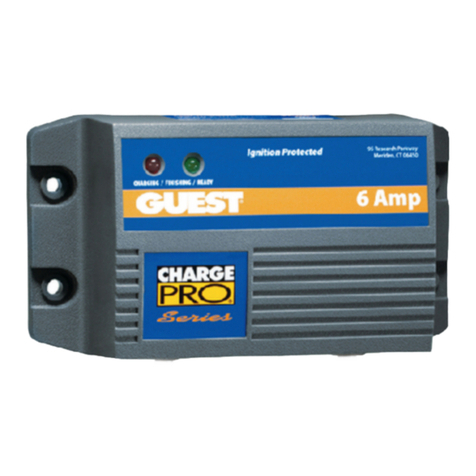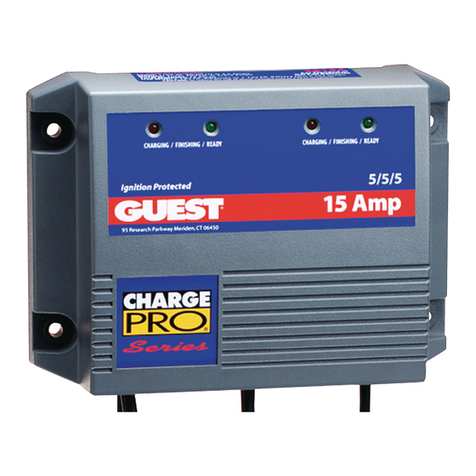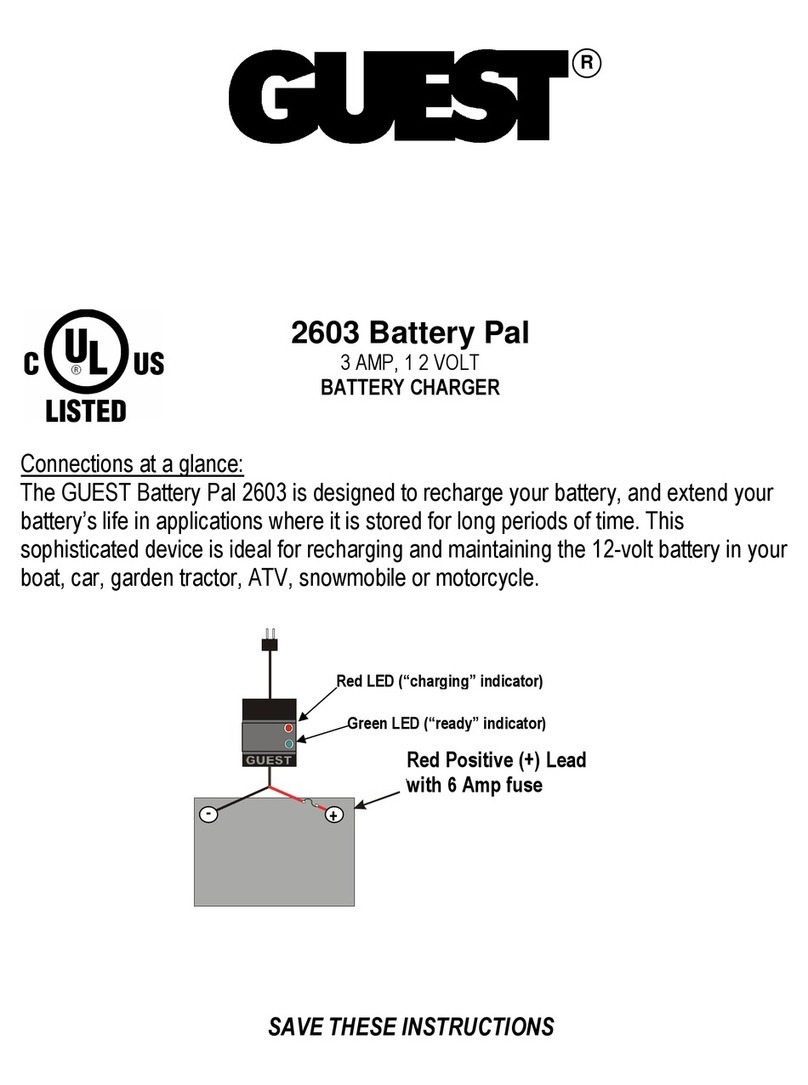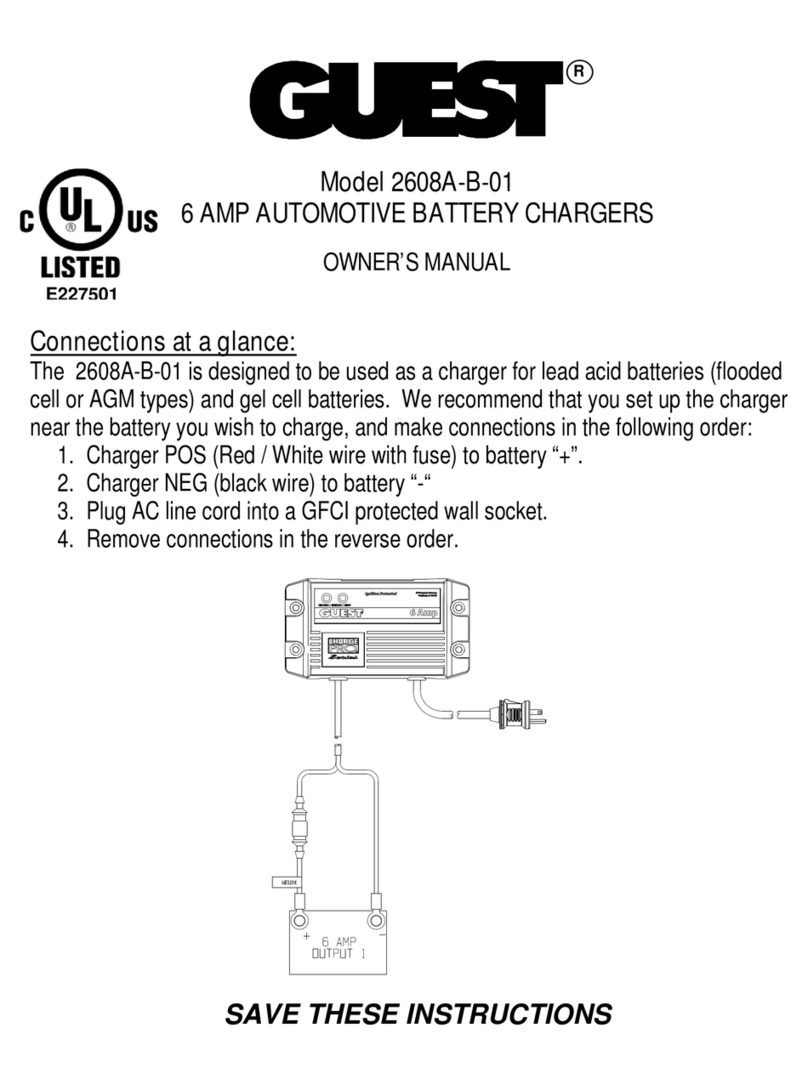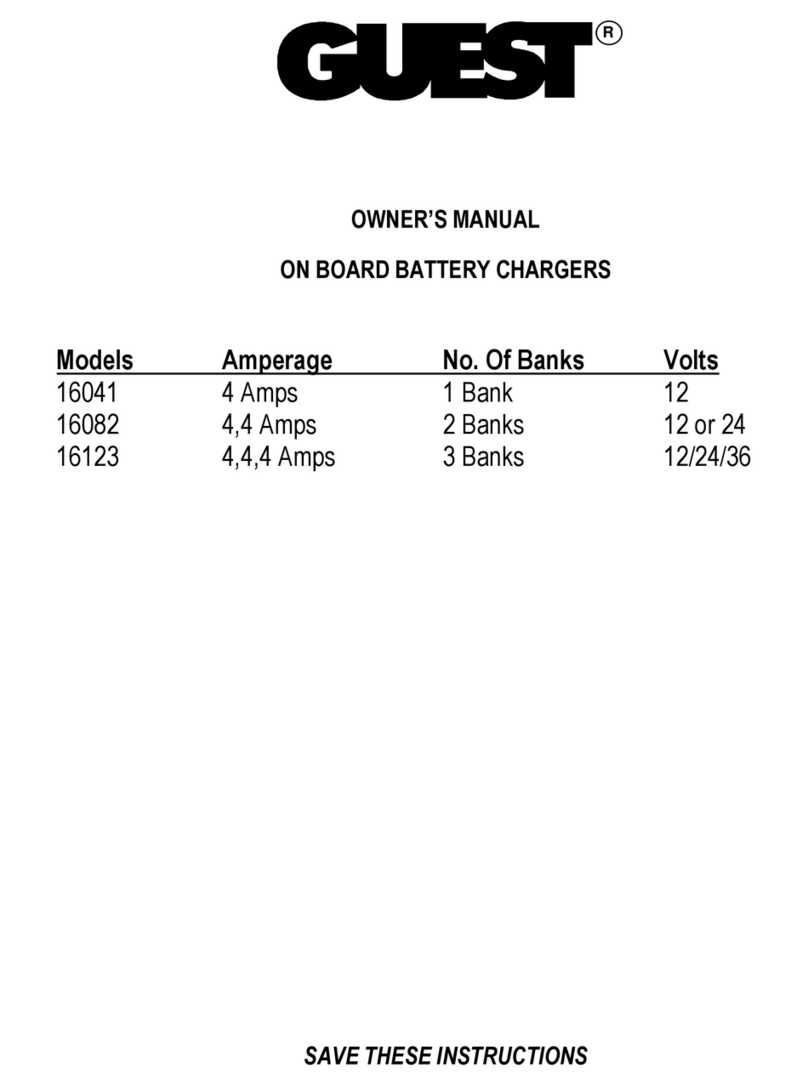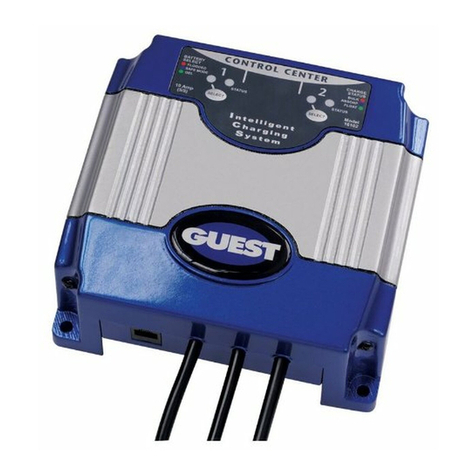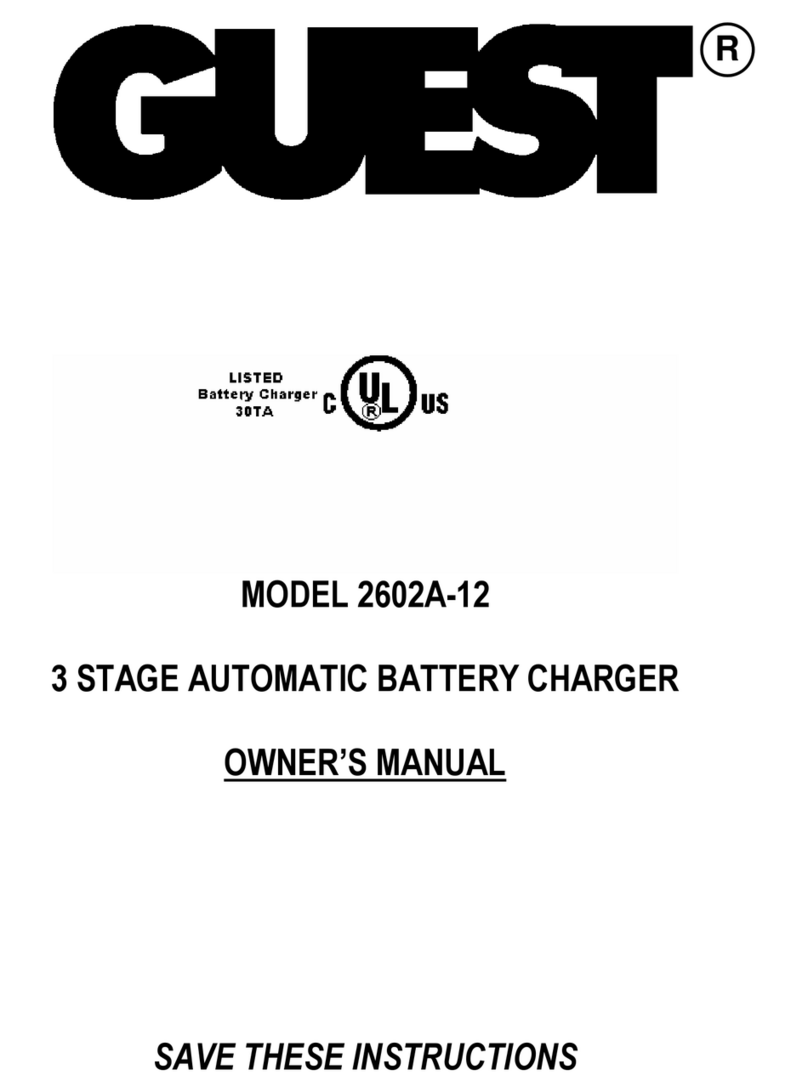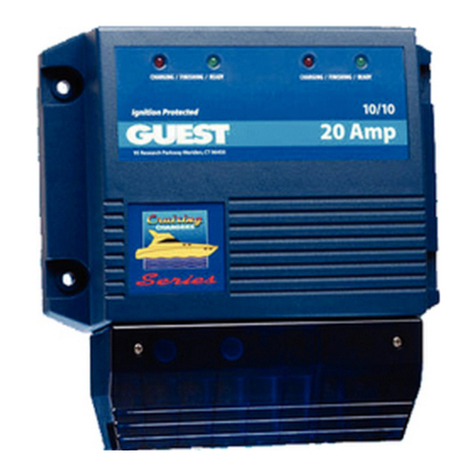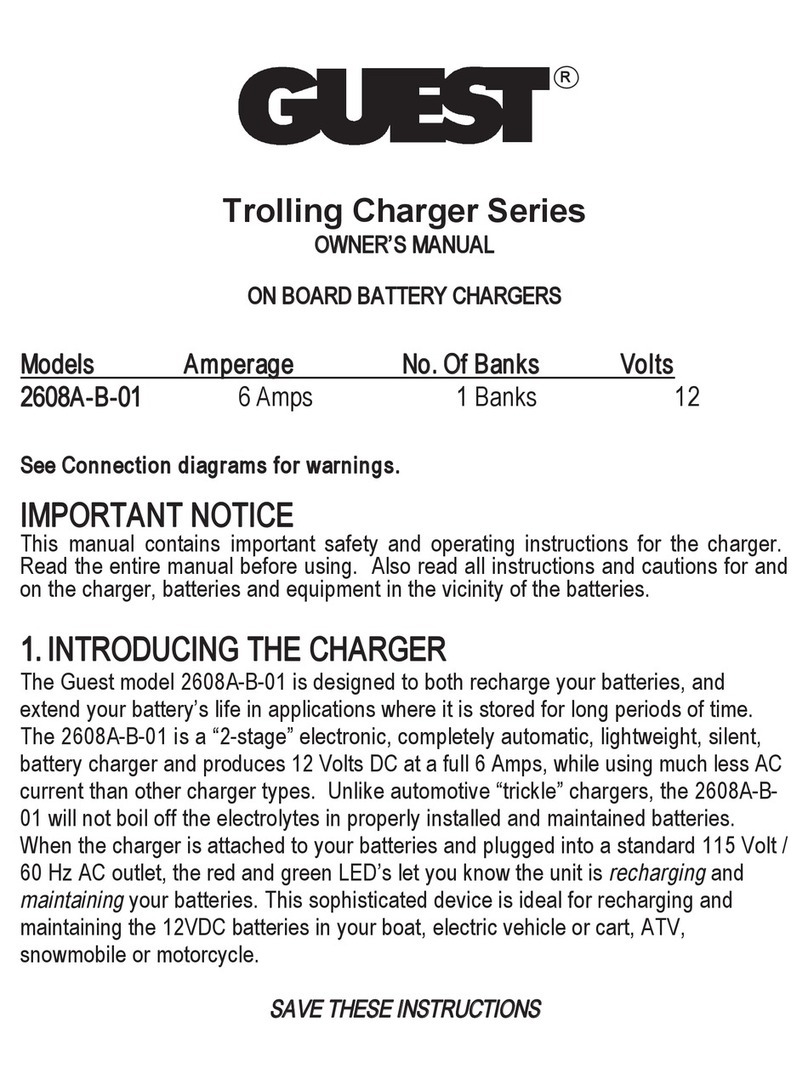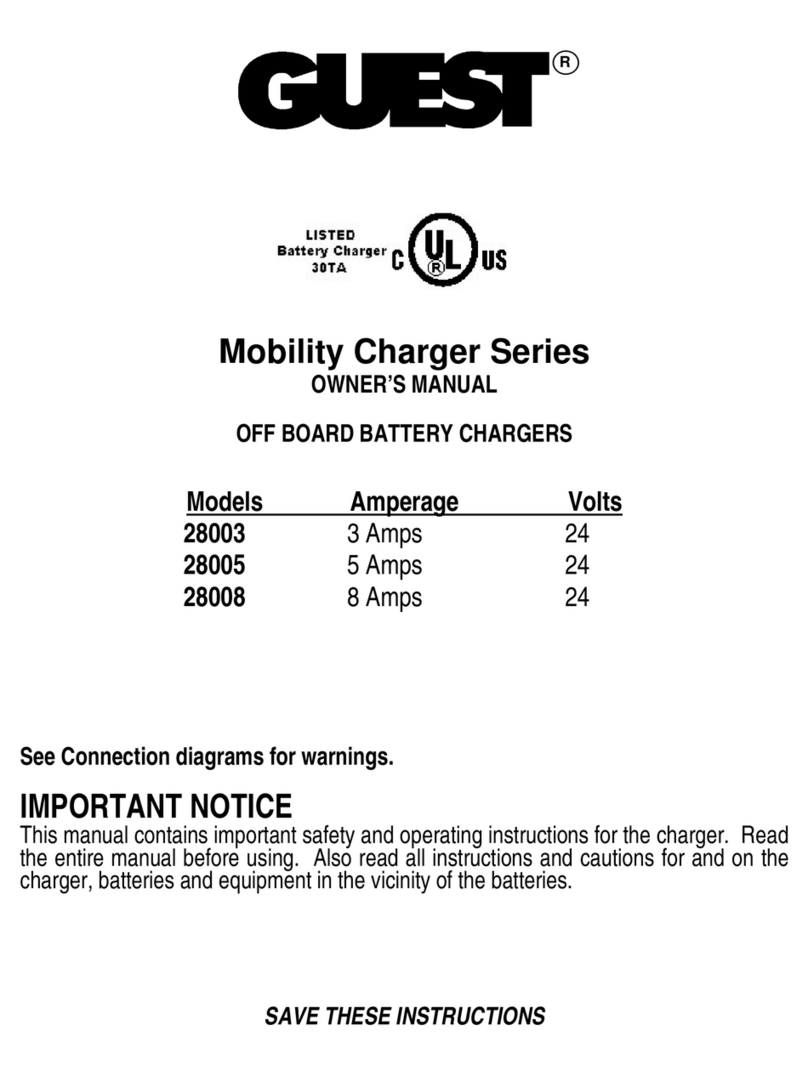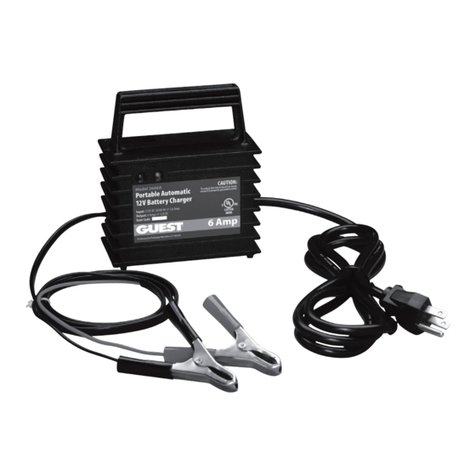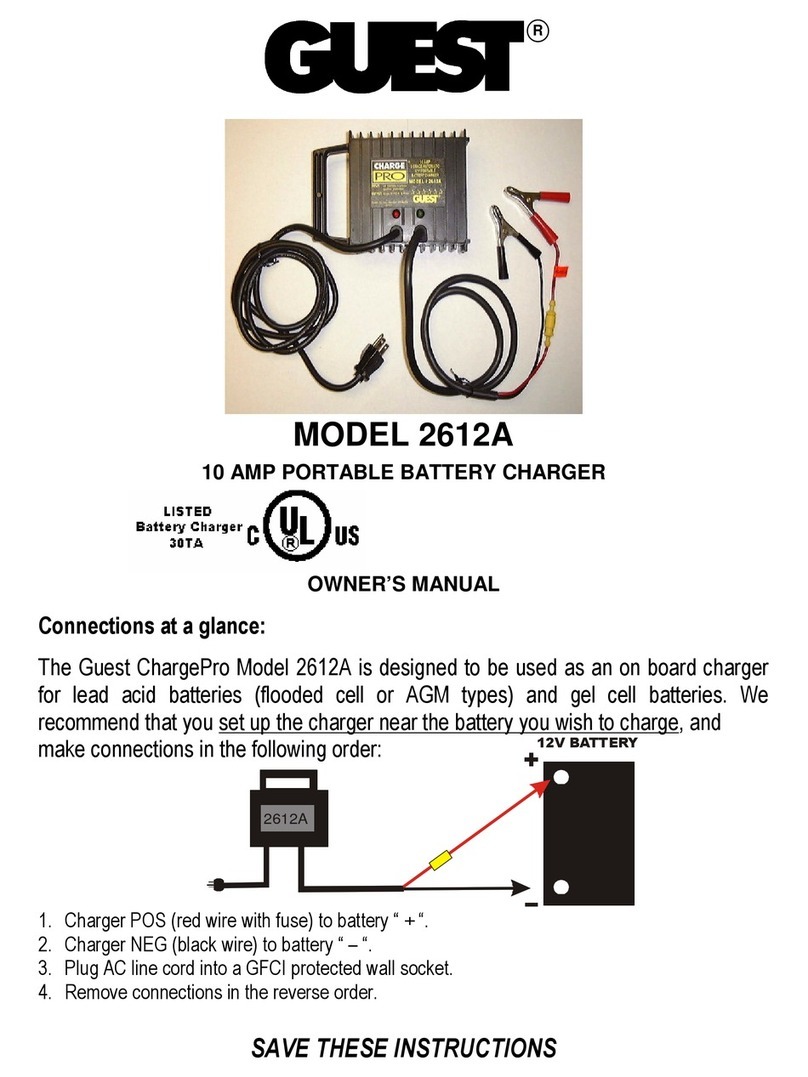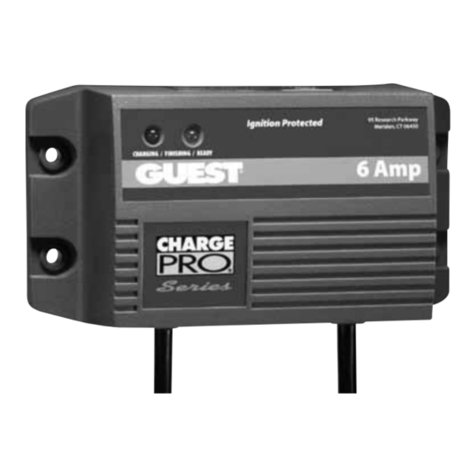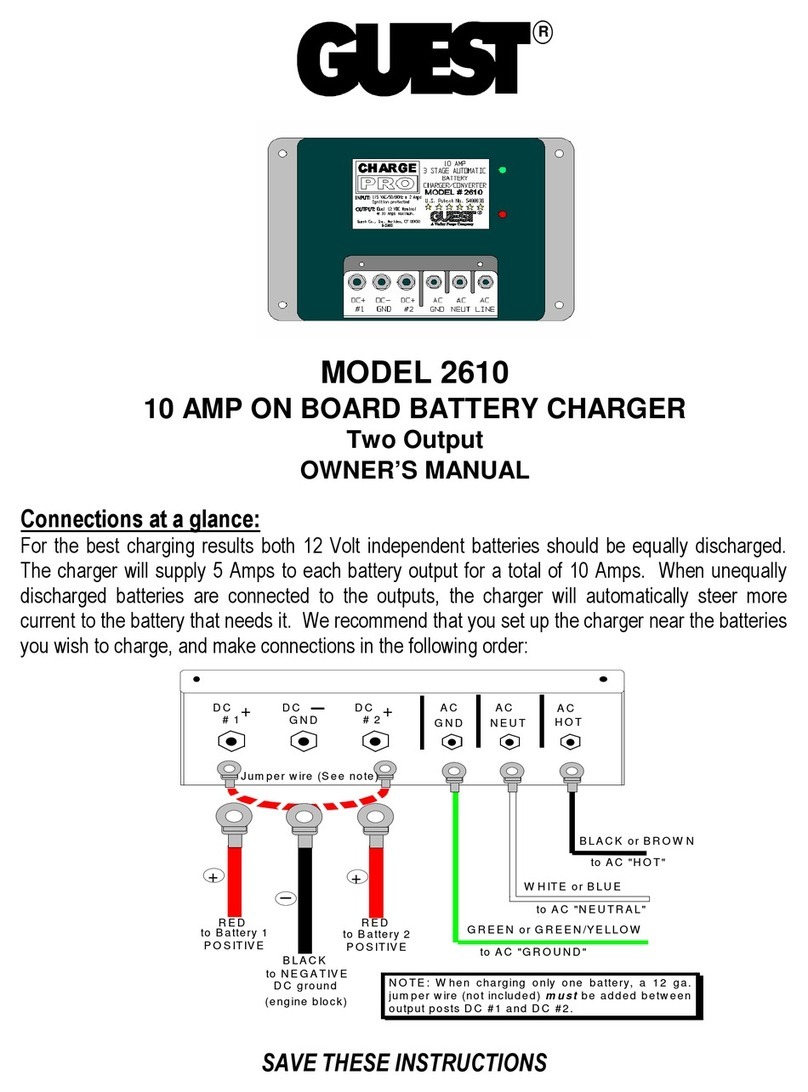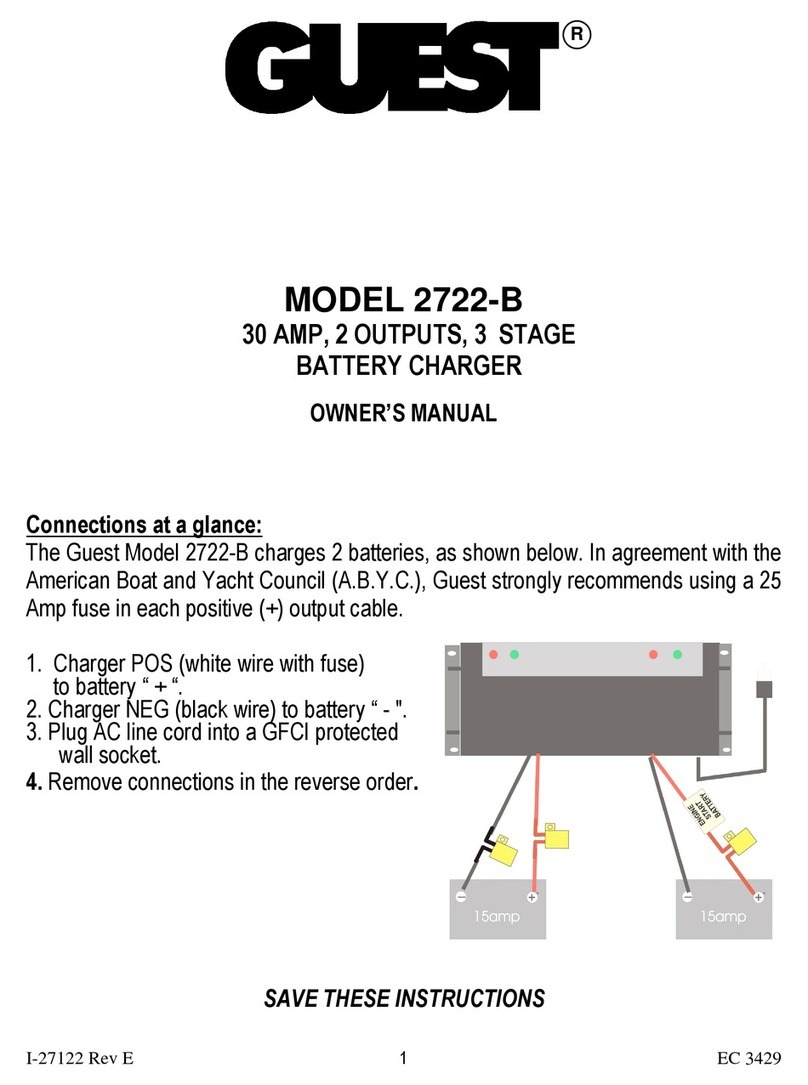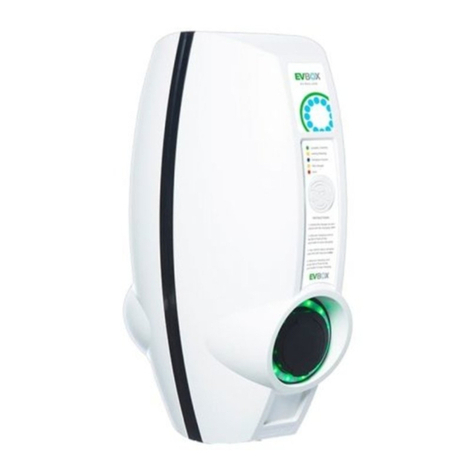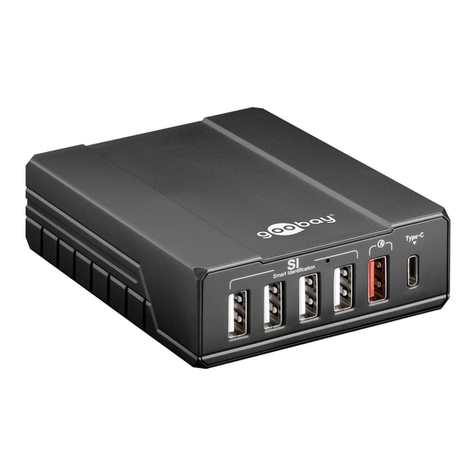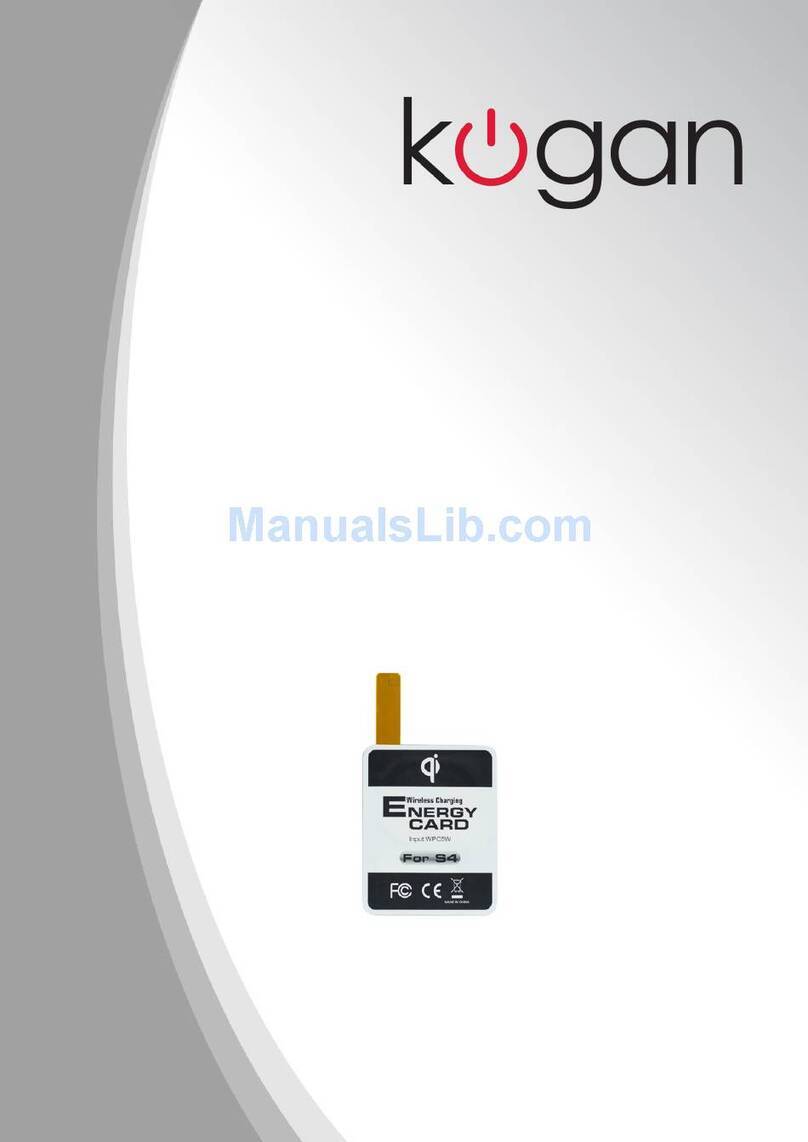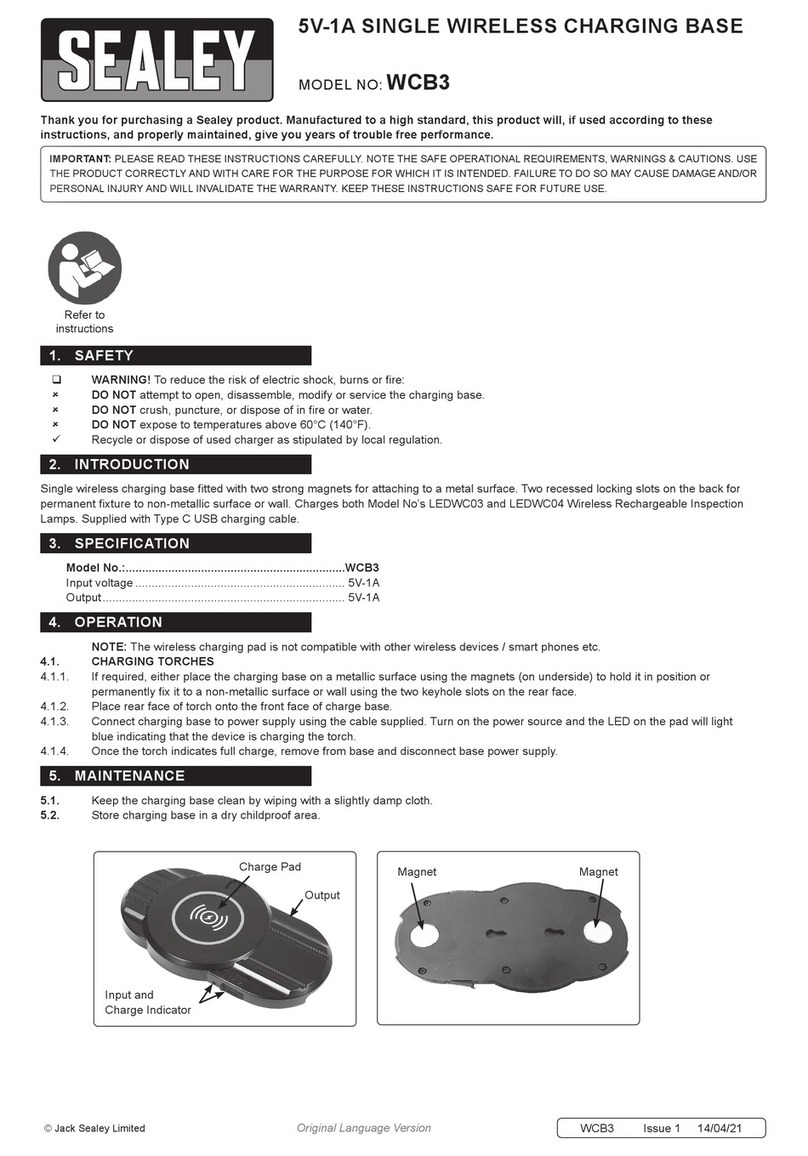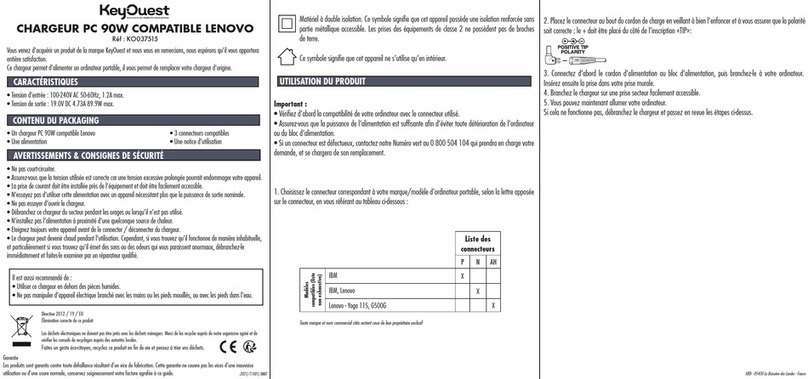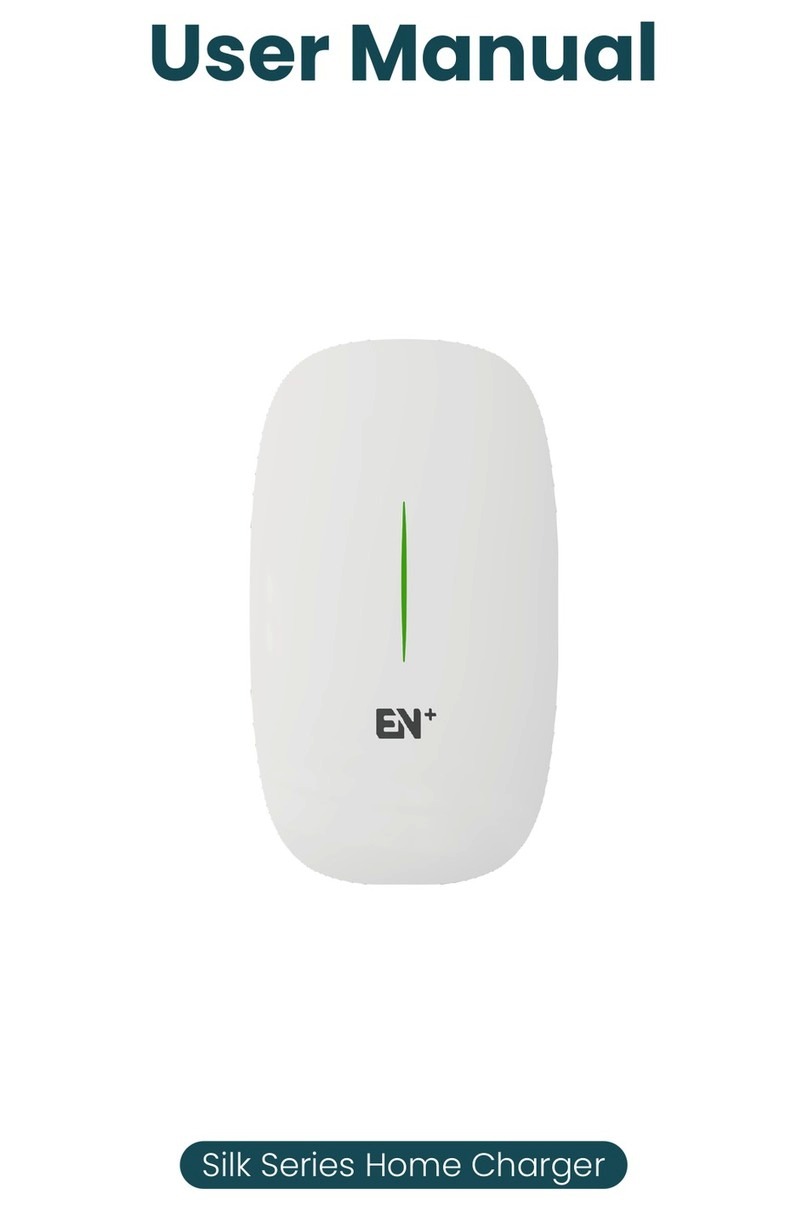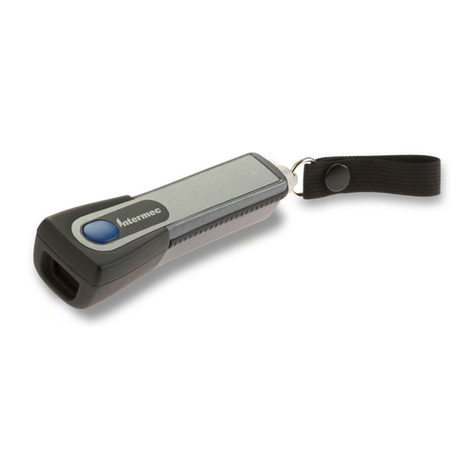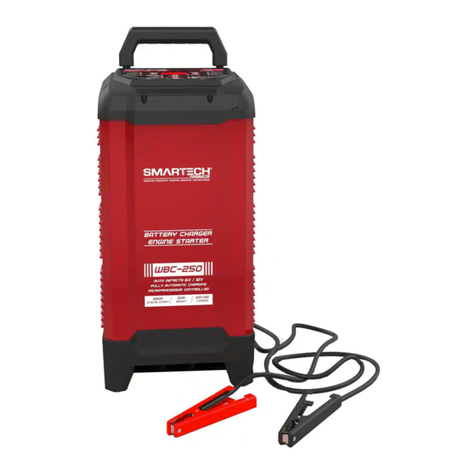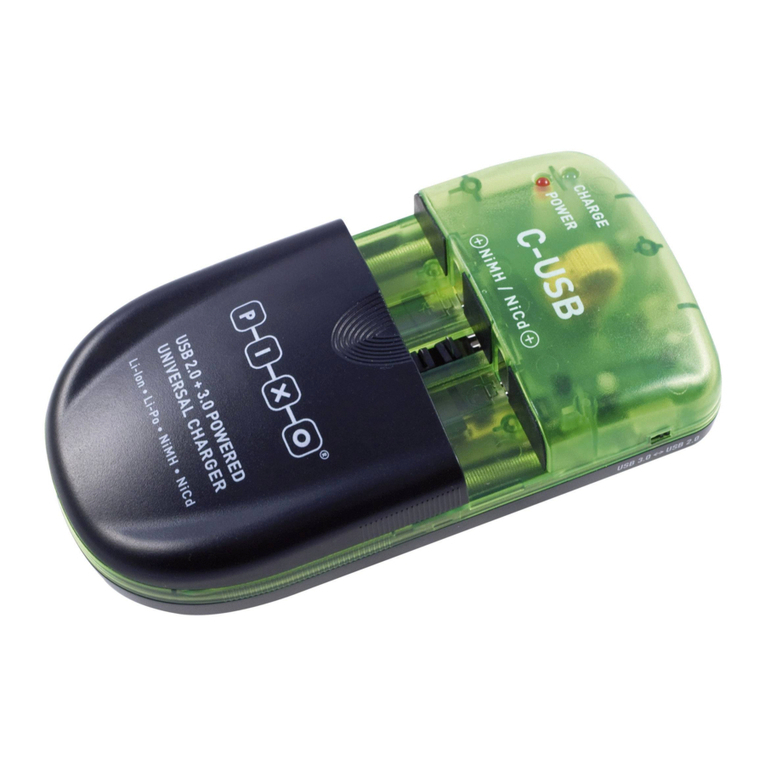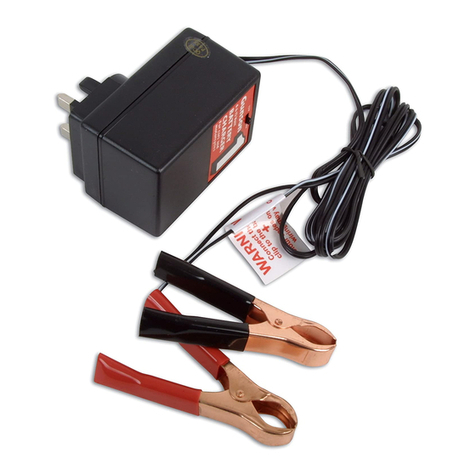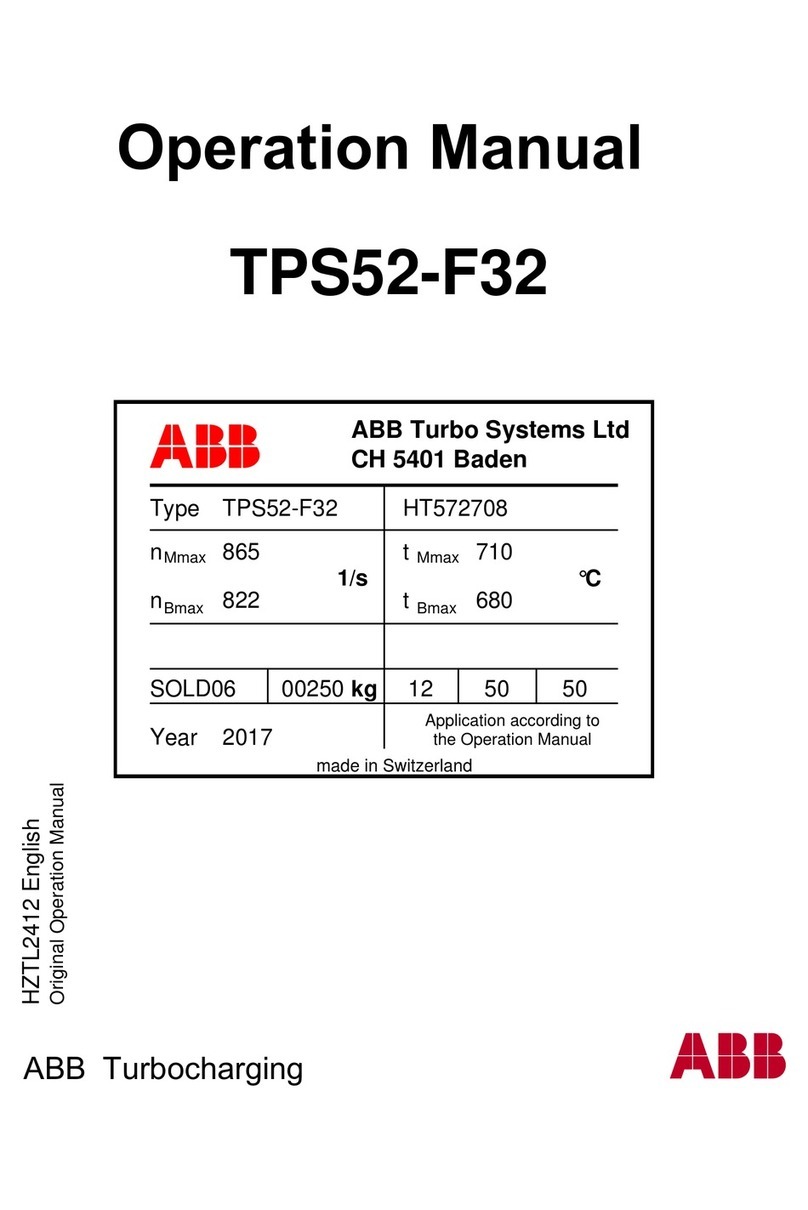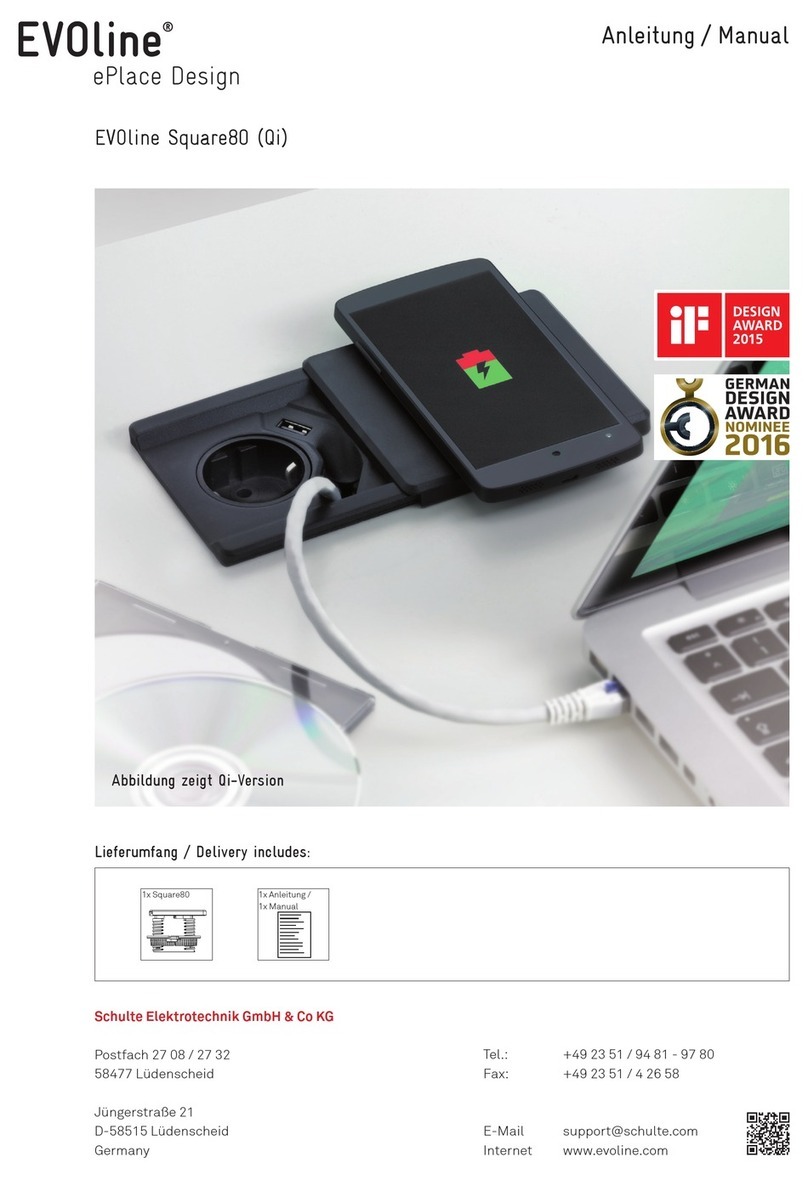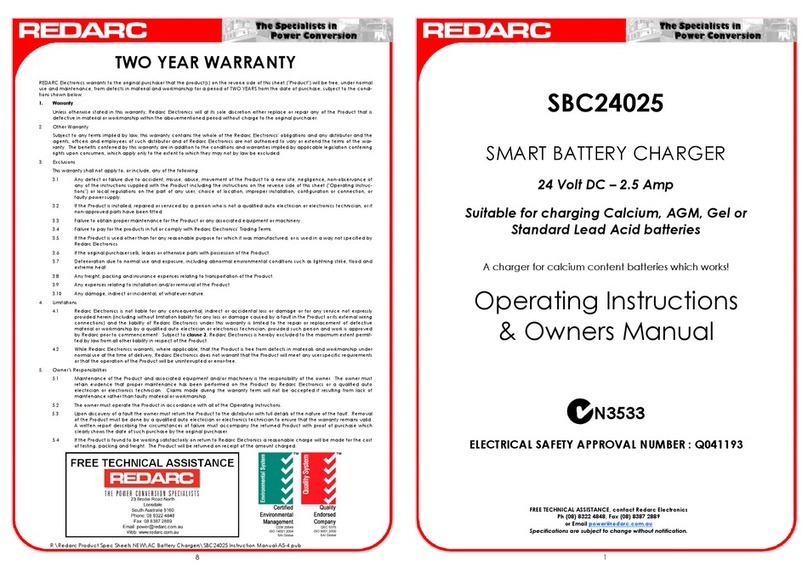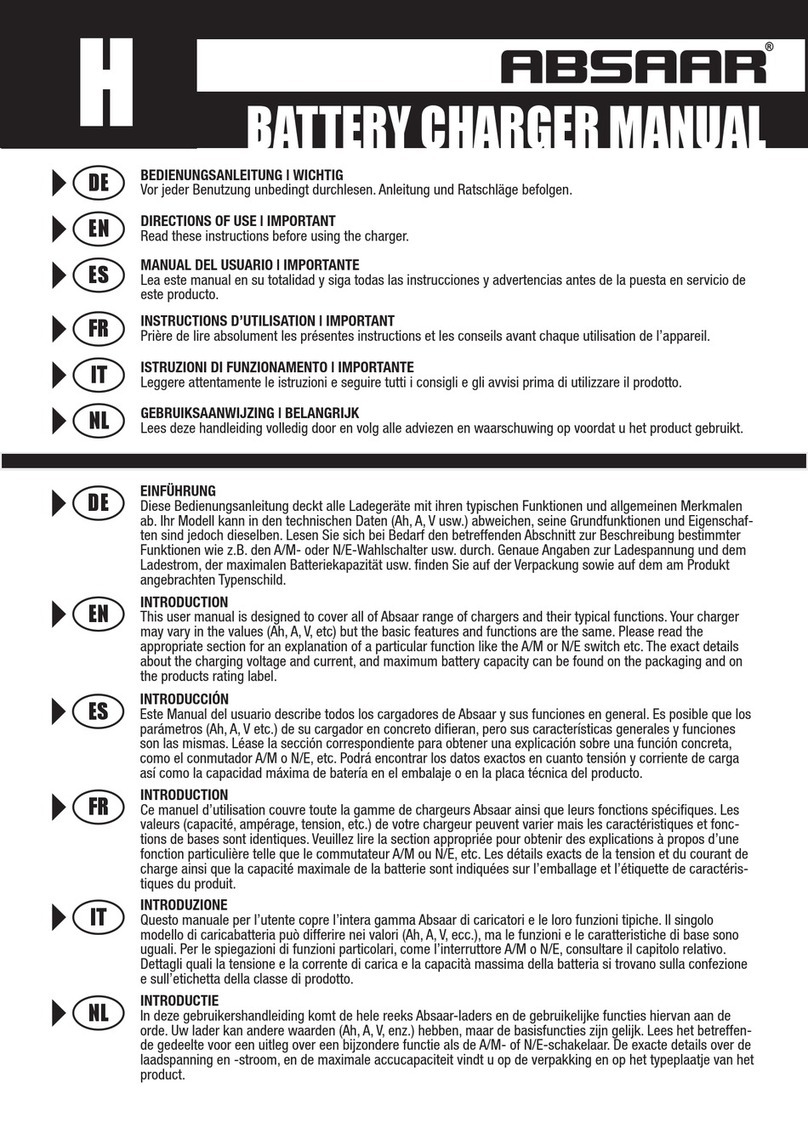
Installation
Preparing the mounting
location
Before
beginning
this
installation
-
•
Open
engine hatches
and operate
bilge
blowers
for
10
minutes
to
remove
dangerous
fumes
and
hydrogen
gas.
•
Disconnect
all
AC
power
sources.
•
Disconnect
negative
battery
cables from
all
batteries.
•
Wear
safety
goggles,
gloves and
long
sleeved
shirt
when
drilling
or
while
handling
batteries.
Choosing a
mounting
location
1.
Mount this
charger
in
an
upright
position
only,
with
the
aluminum
cooling
fins
running
vertically.
It
is
important
that
the
charger
have
at
least
6
inches
of
unrestricted
airflow
on all sides
for
effective
cooling.
Do
not install
onto
a
carpeted,
upholstered,
or
varnished
surface.
2.
Although
this
charger
is
ruggedly designed,
avoid
mounting
it
in
an
area
that
is
open
to
rain,
snow
or
spray.
3.
Avoid mounting
this charger
within
3
feet
of
a
compass,
TV
or
FM
radio.
4.
Select
a
mounting
location
which
will
allow
the
shortest
DC
wires
between
the
charger
and
the
batteries.
5. Do
not
mount
this unit
directly
over your
batteries
because
their
corrosive
fumes
can
damage
the
circuitry
inside
this
charger.
6.
Be
sure
that
the
mounting
location
will
allow
access
to
the
connections
on
the
charger
after
it
is
mounted.
-5-
Hold
the battery
charger
against the surface wh~re you
are
planning
to
mount
it.
(Be
sure
that
you
will
bc
able
to
drill
holes
through
this
surface
later
without damage
to
wiring,
tanks
or
other
equipment.) Using
a
penc:
1,
mark
the
locations
of
the
battery
charger’s
four
mounting
holes
onto the mounting surface
Drill four
1/4”
holes
through
the mounting
surface
at
the
locations
you
marked
with
pencil.
Note:
Donot
mount
the
charger
until
~~you
made the
following
electricalconnections
have
Electrical
connections
Installing
the Guest
2815M1115
or
2815M/230
making two
different
types
of
electrical connections:
(12 volt battery system)
and
the
AC
(dockside power)
Planning
the
DC connections
You
can configure the Guest
281
SM
charger
to
main:ain
one
or two separate
12
volt
batteries. There are
several
ways to
connect
this
charger
into your
present
12
volt
system.
The
simplest
and
most
widely
used connection metho
i
is:
1.
Run one red DC
wire
from each
of
the
charger’s
:wo
DC
positive
(+)
outputs
to
the
positive posts
of
each
battery.
When
charging
a
single
battery,
you
must
conncct
both
charging
outputs
to
the
battery.
2.
Connect
a
black
DC
wire
from
the
charger’s
ommon
negative
(-)
terminal
to
the
engine
block’s
ommon
negative ground terminal.
This
method
is
illustrated
in
diagram
2 on
page
7.
-6-
1.
2.
~equires
the
DC
